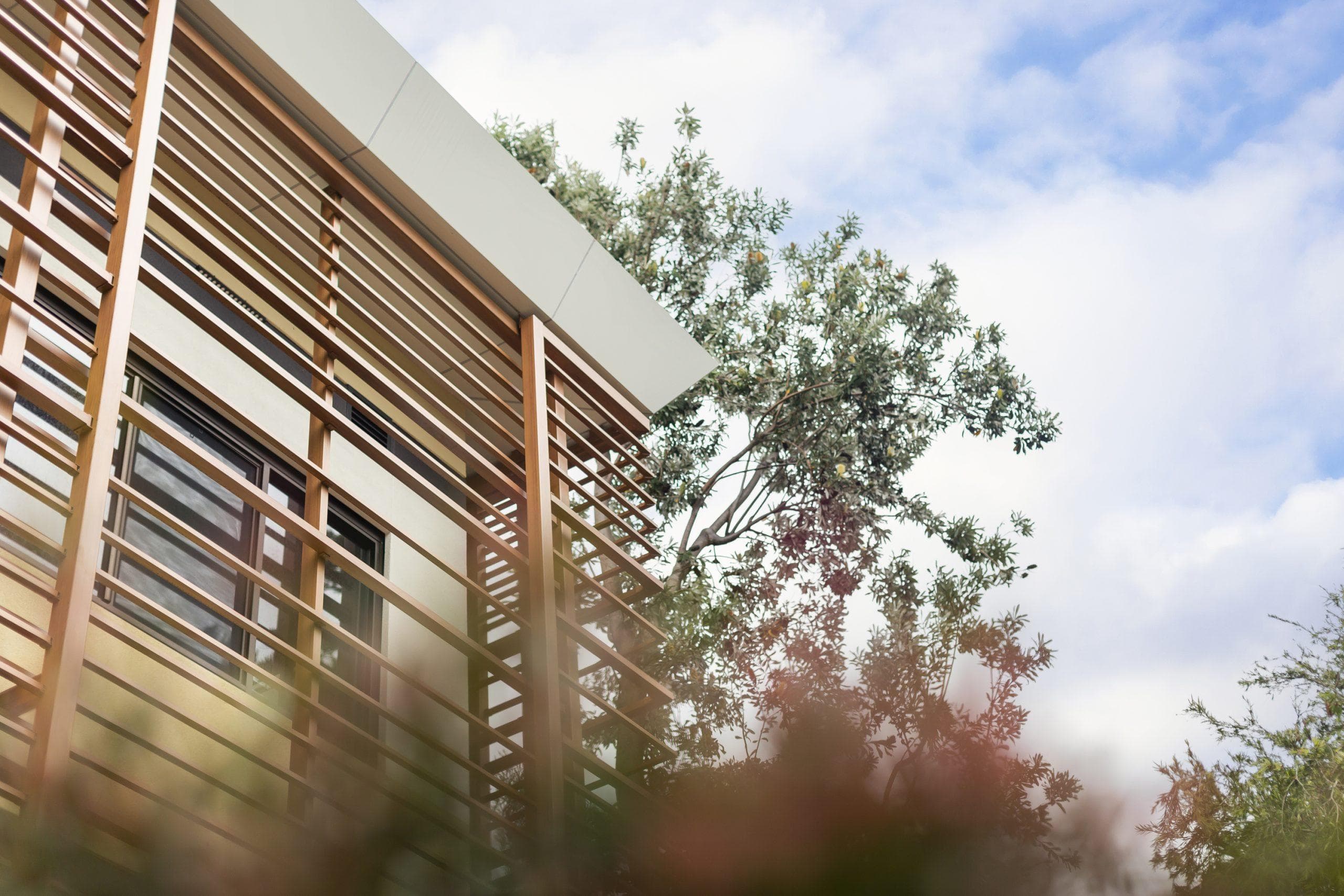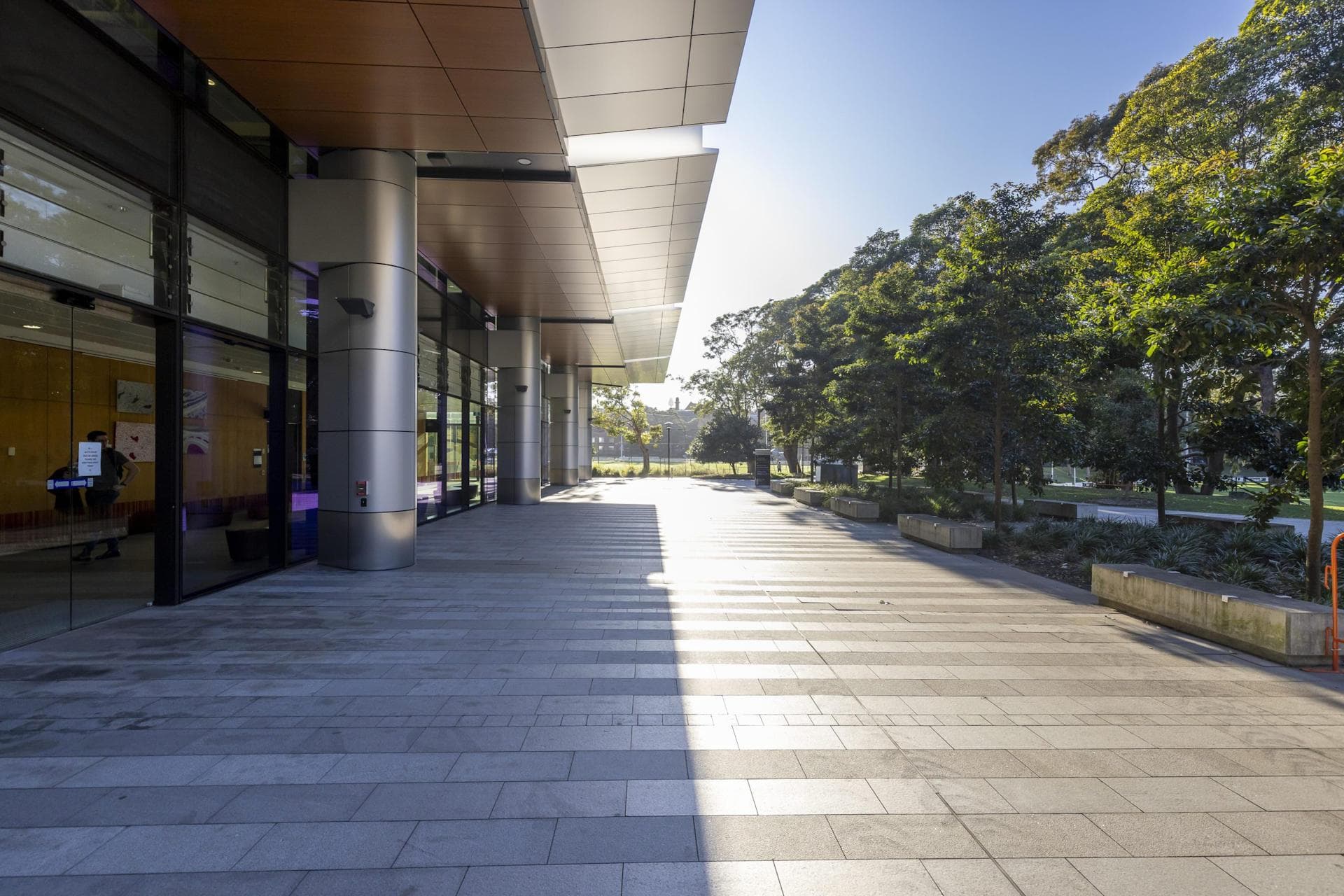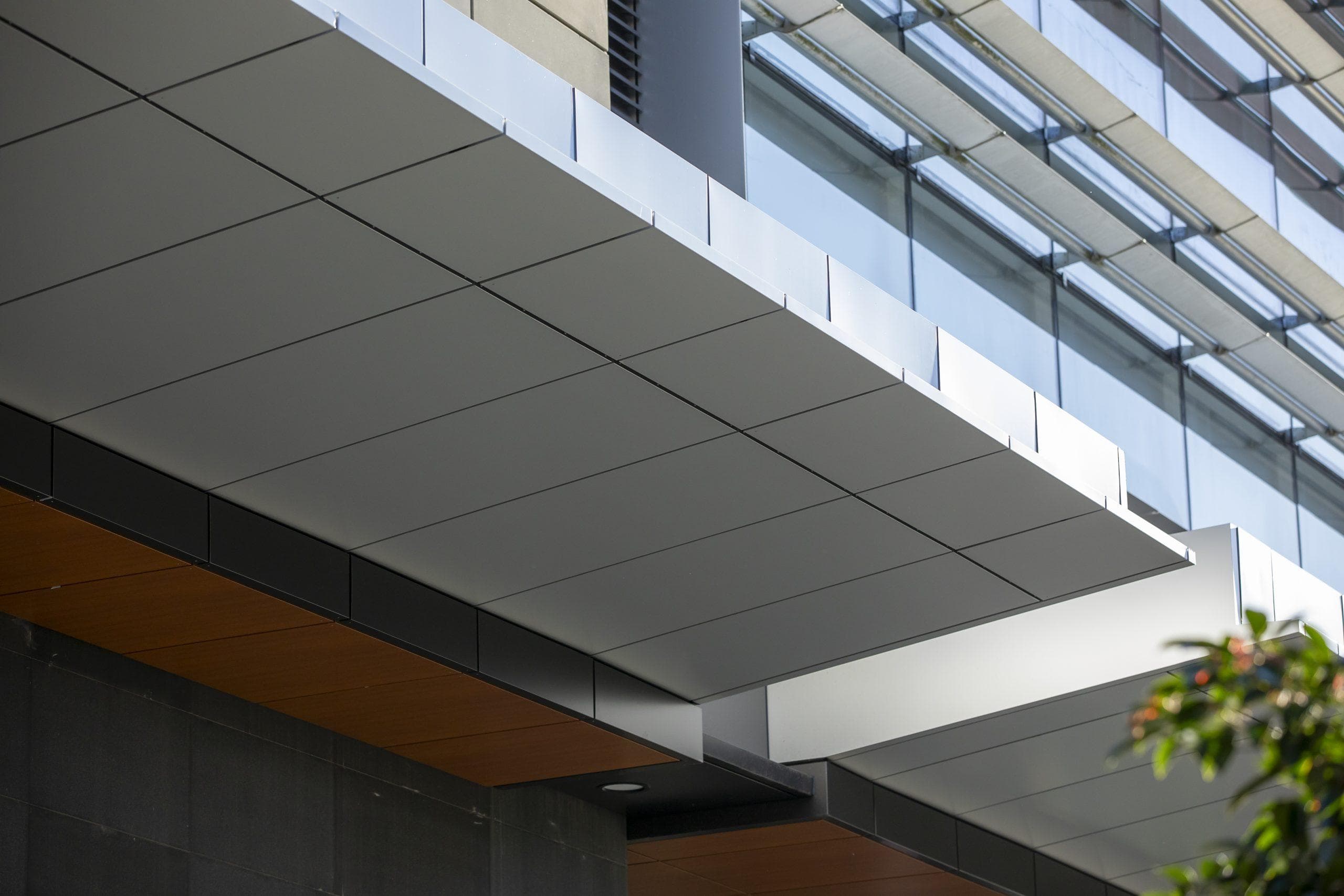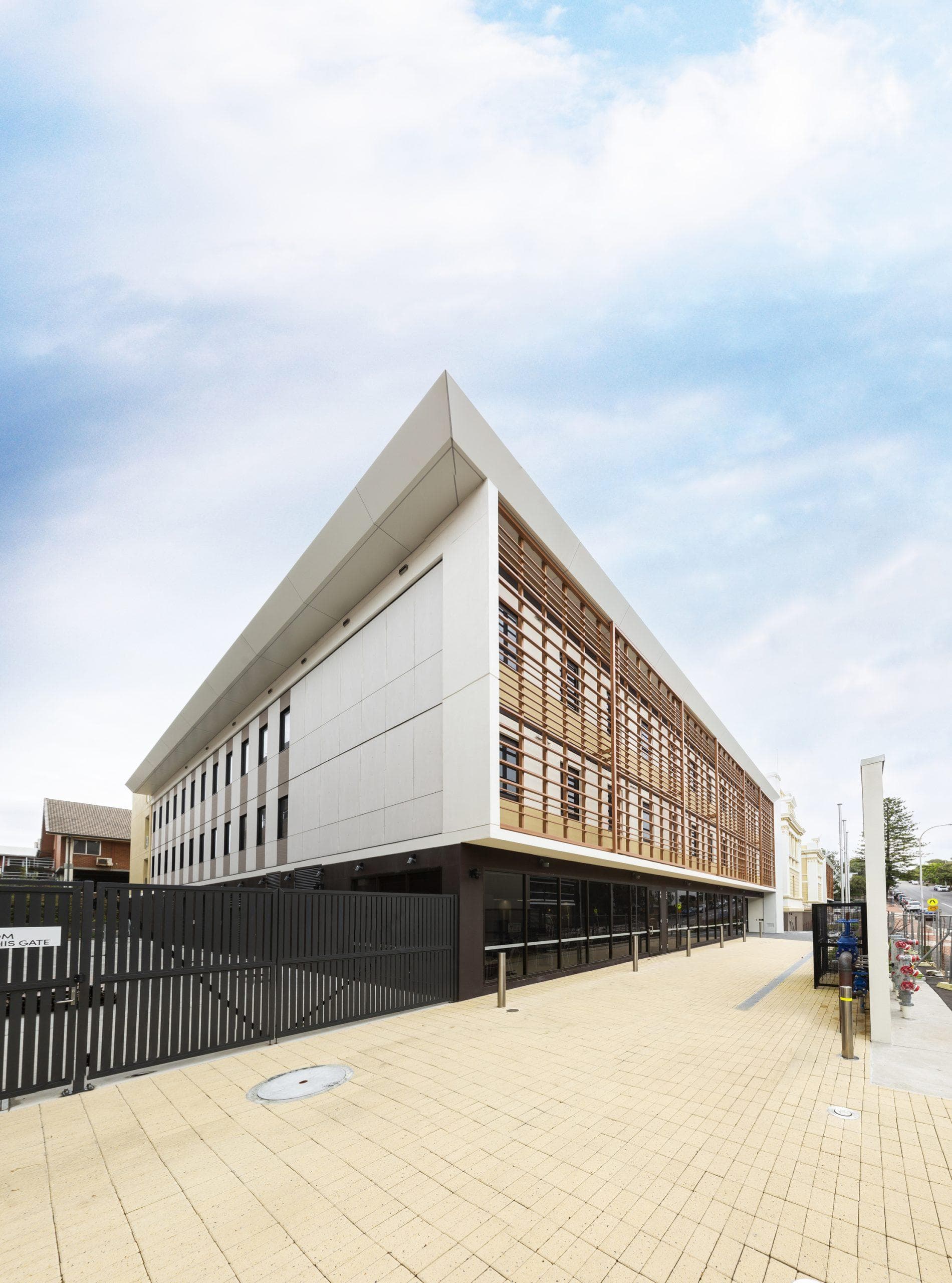Combustible cladding and the state of facade design
The Lacrosse and Grenfell tower fires have had a lasting impact on the Australian construction industry. Following a nationwide investigation into combustible cladding, there is now greater scrutiny over facade design and the selection of cladding materials. This whitepaper examines the state of facade design in Australia: where are we now, what the current issues are, and where we need to be in the future.
To this day, the Australian construction industry is still feeling the repercussions of the Lacrosse and Grenfell tower fires. A nationwide investigation as to the extent of combustible cladding on Australian buildings followed shortly thereafter, highlighting a widespread problem across the industry.
Combustible cladding and the state of facade design examines the state of facade design in Australia: where are we now, what the current issues are, and where we need to be in the future. In the ten years since Lacrosse, some jurisdictions have quickly responded to address the problem, putting in place extensive cladding remediation initiatives, while other jurisdictions have taken longer to react. There is now greater scrutiny over facade design and the selection of cladding materials.
Available from Network Architectural, ALPOLIC™ NC/A1 is the safest and most versatile aluminium cladding on the market and meets all New South Wales Government testing requirements as a DtS non-combustible cladding for use in Project Remediate
Download this whitepaper to learn about the state of facade design in Australia: where are we now, what the current issues are, and where we need to be in the future.
Related Articles

Sustainability eBook 2025
Australia’s leading sustainability projects continue to show how thoughtful design, material choice and lifecycle thinking shape the built environment. This year’s Sustainability Awards shortlist highlighted standout projects that balance performance, environmental responsibility and a strong connection to place.

Understanding Facade Warranties: What Designers Should Ask Before Specifying Cladding
Warranties are often overlooked until problems arise, but they are one of the most important safeguards in façade specification. This white paper helps designers understand what is really covered, what is not, and the right questions to ask before signing off. Learn how to assess warranty terms, minimise project risk and protect long-term façade performance.

A declaration is a disclosure, not a sustainability guarantee: Network Architectural debunks the EPD myth
Environmental Product Declarations (EPDs) are invaluable for transparency, but they don’t automatically make a product sustainable. As Llewellyn Regler explains, EPDs are disclosure tools, not guarantees. This article unpacks the myth, showing why specifiers must look beyond the label to durability, maintenance, lifecycle cost and embodied carbon to achieve genuinely sustainable outcomes.
